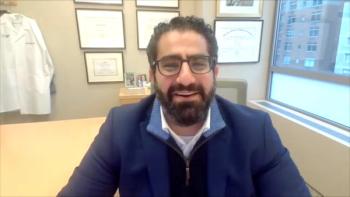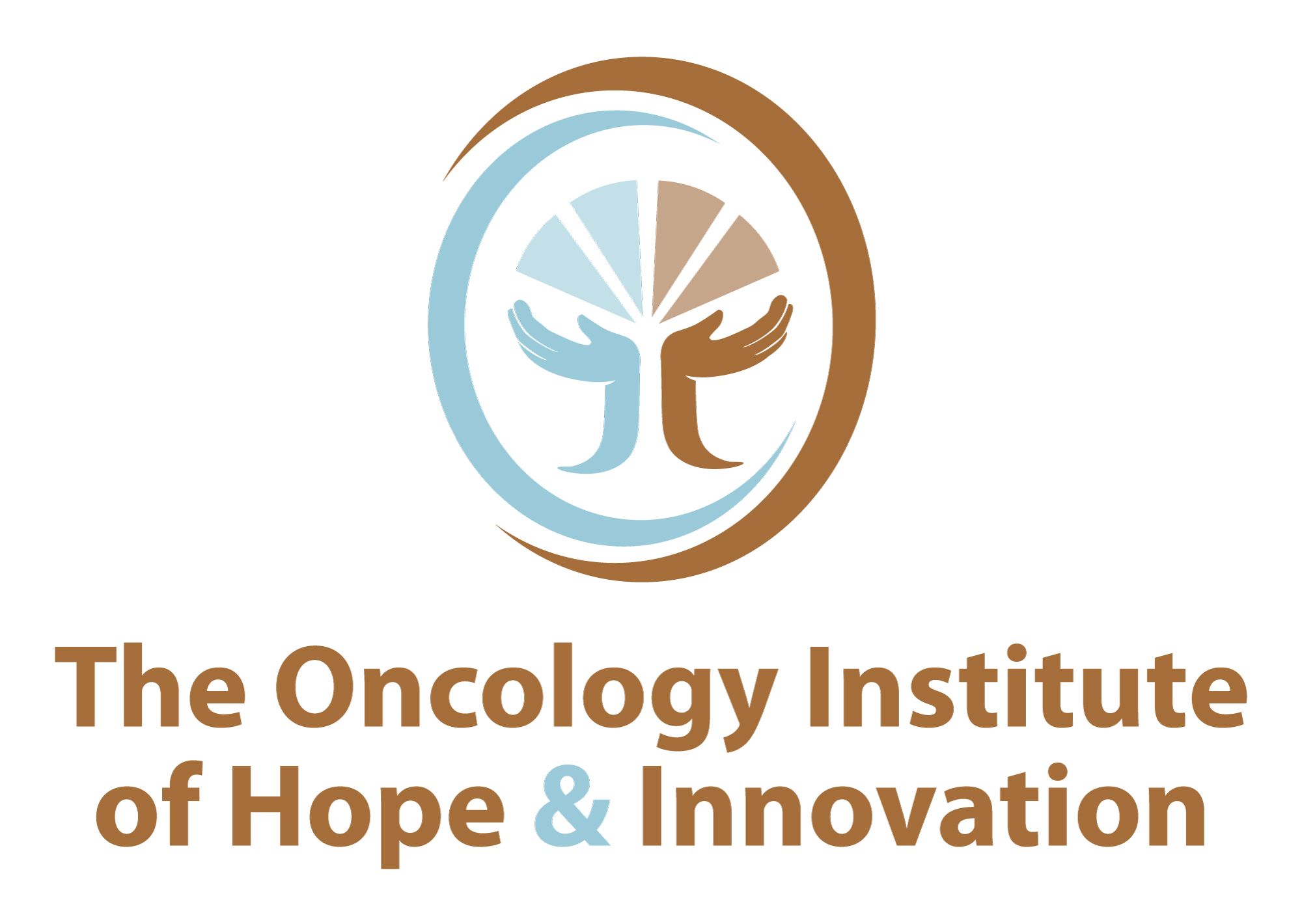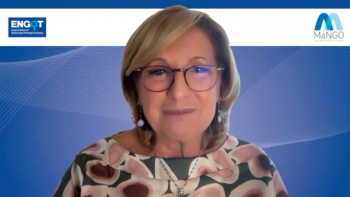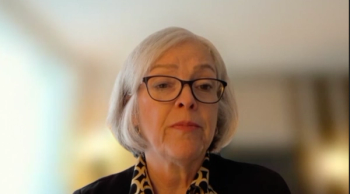
Zongertinib Offers “The Best Toxicity Profile I Have Ever Seen,” Santos Says

Key Takeaways
- Zongertinib demonstrates promising efficacy in HER2-mutated NSCLC, with a 69% PFS rate and 73% duration of response over 6 months.
- The investigational TKI shows a favorable toxicity profile, with minimal severe adverse events, enhancing patient quality of life.
Updated data for Beamion LUNG-1 (NCT04886804) for zongertinib, the investigational oral HER2-specific tyrosine kinase inhibitor (TKI) for patients with HER2-mutated non–small cell lung cancer (NSCLC), were presented at the European Society for Medical Oncology (ESMO) Asia conference in Singapore on December 6, 2024.1 Following the release of these updated data, The American Journal of Managed Care (AJMC) sought insight on the results from Edgardo S. Santos Castillero, MD, FACP, FASCO, who practices with The Oncology Institute (TOI) of Hope and Innovation in Broward County, Florida.
Santos is a clinical associate professor at the Charles E. Schmidt College of Medicine at Florida Atlantic University; medical director at Broward County, Florida, for TOI; vice president of the Florida Society of Clinical Oncology (FLASCO); and president of the FLASCO Foundation. He is also a member of the Membership Committee and an editorial group member of the International Association for the Study of Lung Cancer, a member of its Evidence-Based Medicine Committee and Head and Neck Guideline Advisory Group, and a member of the 2023-2024 ASCO-SEP Item Writing Task Force for the American Society of Clinical Oncology (ASCO).
This interview has been edited for length and clarity.
AJMC: Could you characterize the unmet need of patients with HER2-mutated NSCLC who have exhausted current therapies?
Santos: First, I want to thank AJMC for having this important discussion on HER2-mutated [NSCLC]. In my opinion, there are unmet needs that we have here today. Even though HER2 has shown to be a driver mutation in lung cancer, we still don’t have a medication that is approved by the FDA as a frontline [therapy]. We have an approval…[for] a medication called trastuzumab deruxtecan [Enhertu; AstraZeneca], which is an ADC [antibody-drug conjugate] in second line or beyond.2 It’s a great medication with good results, but we still have a lot of room for improvement.
An ADC is an [intravenous (IV)] medication, and certainly, in the target therapy arena, most of our targeted therapies are oral medications. So, we still don’t have [an approval] in lung cancer for these particular agents…. That is an unmet need because, at the end of the day, we have to have an active drug that also [ensures] the quality of life for all our patients, so the patient can take a medication with good efficacy and stay at home, and they don’t have to go to the clinic and receive an IV medication. That would have a major impact [on] our patients’ quality of life.
AJMC: Besides the need for an oral medication, are there other features you would be looking for in a highly selective HER2-targeted TKI compared with therapies available today?
Santos: We have struggled for so many years trying to get targeted therapy in the HER2 space until trastuzumab deruxtecan came along. We have many other kinase inhibitors approved by the FDA in other diseases, and we have tried to bring them to the lung cancer space as well, specifically the [NSCLC] population. We have medications such as afatinib [Gilotrif]…which is a pan-HER inhibitor—a TKI that is approved by the FDA for EGFR, which is HER1 but not for HER2. Have we used it in the past in clinical practice? Yes, because of the lack of medication. We also have other medications, [such as] lapatinib [Tykerb], another TKI in the lung cancer space, as the same thing applied for furmonertinib [Ivesa] and erlotinib [Tarceva]. Dacomitinib [Vizimpro] is another example. All those kinase inhibitor oral therapies are approved by [the] FDA. But again, for these 2%, 3%, [or] 4% of [patients with NSCLC] who have HER2 mutation, we don’t have any yet in terms of oral…kinase inhibitors. So, certainly, we are looking for that opportunity.
The question is: Can we bring patients an agent that is truly a targeted therapy? When we talk about targeted therapy—first line or sometimes second line—we expect to have an overall response rate [of] at least above 50% to 60% that can translate into a meaningful progression-free survival [PFS], duration of response, and, ultimately, overall survival. That’s exactly what we are looking [at] in thoracic oncology for our patients [with] HER2 mutations, to have truly targeted therapy, and we are [still] waiting for that.
AJMC: We’re looking at new data presented at ESMO Asia for zongertinib, and some of the newer data points shared were a PFS rate of 69% over 6 months and a duration of response of 73%. With the caveat that these data are not yet mature, do you believe these results will generate interest among physicians who treat patients with HER2-mutated NSCLC?
Santos: I started looking at data on this therapy when it was in development in phase 1 dose escalation, either once or twice a day. I have seen the transition from phase 1a to phase 1b, and prior to phase 1b…the sponsor decided to pursue 120 mg per day, which was presented at ESMO Asia.
As we have seen the transition from the phase 1a optimization to phase 1b, especially in cohort 1, which is the previously treated [NSCLC] population, we see how this agent has been very well tolerated. Again, with a targeted therapy, in the efficacy in the overall response rate that this agent has shown—especially with a very high 6-month [PFS] rate at 69% [and] a duration of response at 6 months of 73%, which is very high in a previously treated population—zongertinib looks very promising. There is no question that this agent will catch the attention of the thoracic oncologist.
AJMC: Let’s turn to the safety data, which are very important for managed care. Of the 75 patients whose data were reported at ESMO Asia, 4 had adverse events requiring dose reductions, 2 required discontinuation, 1 had interstitial lung disease, and 1 patient had grade 3 diarrhea. Of these data, what impresses you as making a difference in the quality of life for your patients?
Santos: To be honest with you, zongertinib has the best toxicity profile that I have seen on any HER2 TKI. Most of the toxicity seen is grade 1; as you mentioned, there is only 1 case of grade 3 diarrhea. This is excellent, because [TKI] medication in other spaces gives us a lot of problems with our patients with grade 3 gastrointestinal [GI] toxicity. This medication at that level of GI toxicity seems to be very well tolerated because this is a very selective HER2 TKI. When we look these molecules, they basically spare everything that has to do with the EGFR, [or] the HER1. That’s why there is no report on grade 3 rash or skin toxicity, which is very critical for our patients.
And…you just mentioned that dose reduction only occurred in 4 patients of the 75—that is only 5% dose reduction, [which] is [a] very low mean dose reduction.… In other medications for breast cancer that we have tried [moving] to the lung cancer [space], we have been unable to do it because of the dose reduction and…discontinuation, which was only 2 patients, [or] 3%, who discontinued [in this case]. This drug has a very good toxicity profile, and that’s why I think the sponsor has filed this medication with the FDA for fast track designation and breakthrough therapy in lung cancer.3
We are very enthusiastic when we see this efficacy. The overall response rate for [these] particular 75 patients is 71%...in previously treated patients. This is truly targeted therapy, and having this toxicity profile, which looks very good, there is no question that we will be paying attention to this agent. Hopefully, we can have something for our patients in the near future.
AJMC: The investigators concluded by saying they will report more data at an upcoming conference. What will you want to see when the next round of data appear?
Santos: There is no question [that] these data from ESMO Asia are encouraging. In this cohort in phase 1b—to get any 75 patients with HER2 mutations who have been previously treated with this great overall response rate—I don’t know [whether] we can get better than 71%. It has a great toxicity profile. The PFS is still not mature, but that rate at 6 months looks very good, as well as the duration of response. So, what I expect to see in the future—which could be either [the American Association for Cancer Research] or ASCO in Chicago in June—are the final results [of] PFS in these 75 patients.
Now, we didn’t mention that zongertinib made a lot of noise at the World Conference on Lung Cancer in San Diego, [California, in 2024]. The investigators also reported on the [central nervous system] activity. The overall response rate on a patient [with] a brain lesion was 33%. But [what’s] also very important [is that] there was a 74% disease control rate in the brain.4 So, what we want to see in the next presentation will be more mature data in these efficacy points, the [final] overall response rate…the final PFS, [and] the final duration of response.
As you know, the FDA, in this particular scenario. will likely approve the agent based on overall response rate and duration of response. I think this is moving in that direction. The next question will be [a] confirmatory trial; the sponsor is [already] moving on and developing Beamion LUNG-2 [NCT06151574], which will be first line vs standard of care for our patients with [a] HER2 mutation in [NSCLC].
AJMC: Is there anything else you would like to add?
Santos: As I mentioned, the HER2 mutation does not have anything approved in first line in lung cancer, and we need that. A lot of clinical trials are moving in that direction. Zongertinib is not an exception. Trastuzumab deruxtecan also has a first-line clinical trial [NCT05048797]. There is another agent—[an oral] TKI from Bayer—with a first-line trial [NCT06452277].
First line is an unmet need for all our patients with adenocarcinoma having a HER2 mutation in the tyrosine kinase domain. It is our responsibility, as researchers and clinicians, to deliver to our patients the best therapy available in the frontline setting. We’ll see what will happen. But certainly, in this particular case…it is great to have this overall response rate in pretreated patients and have a great toxicity profile. No interstitial lung disease has been reported on this, which has been the issue for other TKIs. As you know, a lot of our [patients with] lung cancer have received prior radiation therapy to the lung; many are heavy smokers. Sometimes they are not, but at the end of the day, the disease is in the lung, so if we can avoid this interstitial lung disease…that will be great.
References
1. Yamamoto N, Tu H, Ahn M, et al. Zongertinib in patients with HER2-mutant NSCLC: updated analysis of Beamion LUNG-1. Ann Oncol. 2024;35(suppl 4):S1625-S1631. doi:10.1016/annonc/annonc1697
2. FDA grants accelerated approval to fam-trastuzumab deruxtecan-nxki for HER2-mutant non-small cell lung cancer. FDA. August 16, 2022. Accessed December 13, 2024. https://bit.ly/41yAGrf
3. Updated data from Beamion LUNG-1 study on zongertinib shows encouraging efficacy in previously treated HER2 mutated lung cancer patients. News release. Boehringer Ingelheim; December 6, 2024. Accessed December 12, 2024. https://www.boehringer-ingelheim.com/human-health/cancer/lung-cancer/zongertinib-efficacy-her2-lung-cancer-patients
4. Ruiter G, Tu HY, Ahn MJ, et al. Primary phase Ib analysis of Beamion LUNG-1: zongertinib (BI 1810631) in patients with HER2 mutation-positive NSCLC. Presented at: 2024 World Conference on Lung Cancer; September 7-10, 2024; San Diego, CA.
Newsletter
Stay ahead of policy, cost, and value—subscribe to AJMC for expert insights at the intersection of clinical care and health economics.















































